I am not a sailor. When I was a boy, our family had an aluminum fishing boat with a small outboard. Later in life I went sailing on a local lake with a friend on a Hobie Cat for an hour or two. That was the extent of my sail training. These days our family spends a few summer days at a cabin in Michigan’s Les Cheneaux Islands. Surrounded by crystal blue water, islands, rock beaches, and active teenagers, it was easy to conclude that a sailboat would be a welcome addition at the cabin despite our lack of sailing know-how. As a builder and wooden boat enthusiast, the decision to build a wood sailboat was not difficult.We chose to build the Sand Dollar from Arch Davis Design. It’s an 11′ flat-bottomed skiff that can be rigged to sail, rows well, and looks good with its plywood lapstrake sides. I had recently built a 21′ Widebody Tolman Skiff and was eager to try a different building method and to have a boat I could transport on the top of our vehicle. Limiting the number of boats we own is not a priority; limiting the number of trailers and the associated paperwork and maintenance, is. I was also excited about a boatbuilding project that would take much less time than the three years I spent on the Widebody.Arch Davis designed the Sand Dollar for first-time builders, including those with no previous woodworking experience. As he notes, he took great pains with the lines, building a model to refine the shape. The result is a very pretty, practical little boat that will satisfy both the novice and experienced boatbuilder.
Join The Conversation
We welcome your comments about this article. If you’d like to include a photo or a video with your comment, please email the file or link.

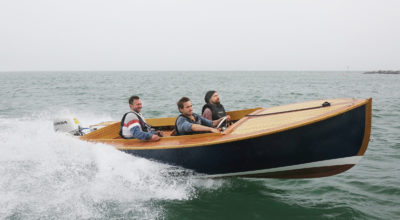
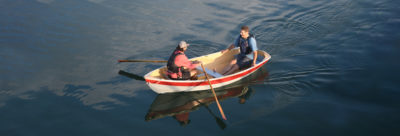

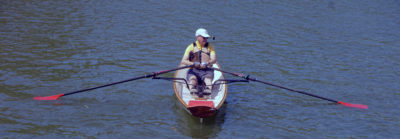

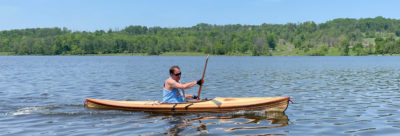


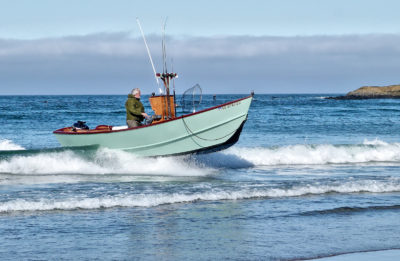
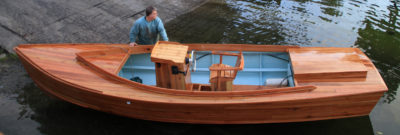
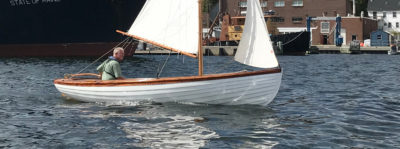
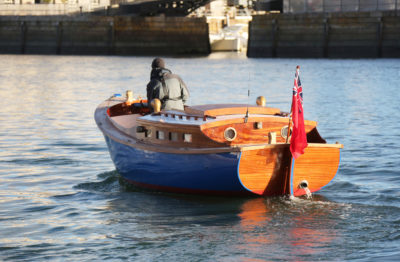
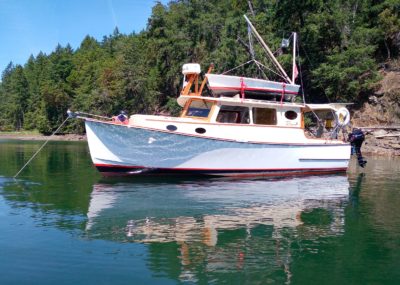
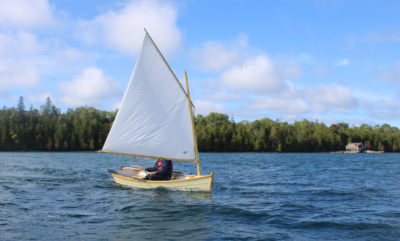
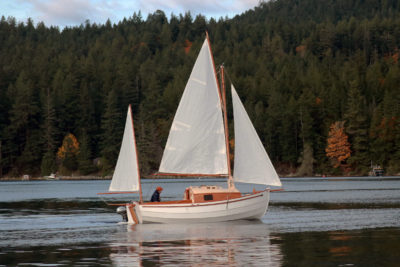
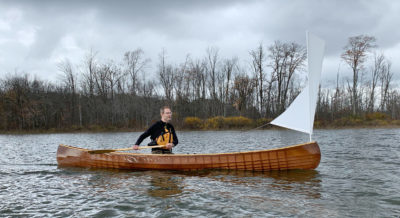
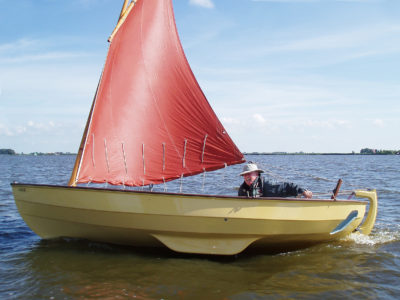
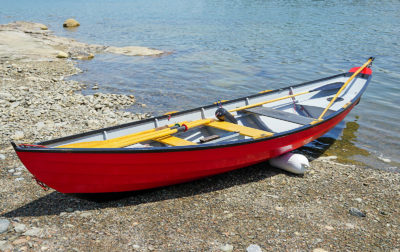
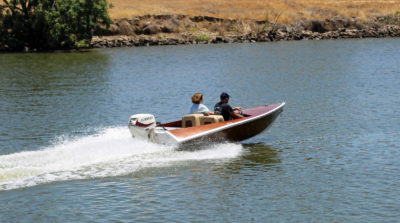
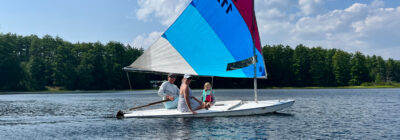
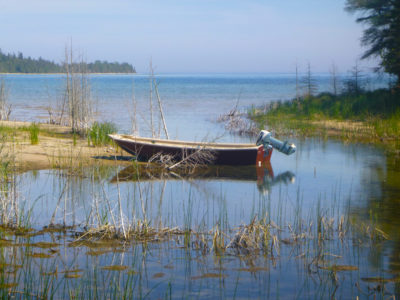
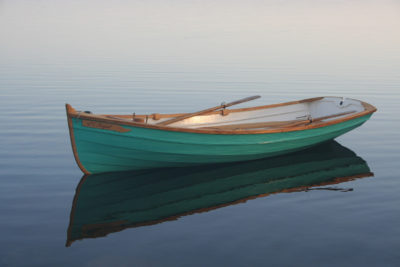
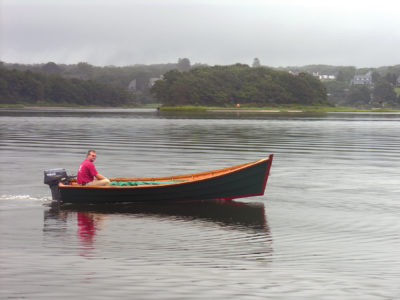
I’ve forgotten my daggerboard as well. Embarrassing. Keep it together with the rudder. Maybe a bag that has slots for rudder, tiller and daggerboard. There are ways to help a daggerboard around rocks, but they need to be incorporated in the build. If you rake the head ledge of the trunk forward and use a simple rope loop up handle the board will kick aft ( the top goes forward) when you hit something. Something that most designers don’t know about. Same thing with a centerboard; if the head ledge rakes forward you can pull the centerboard up using the top corner and the board can go vertical.
I think I recognize Government Bay in one of those pictures based on the boat house in the background. Could I be right?
We also frequent those waters and I will keep an eye out for your great Sand Dollar next year.
Beautiful job!
I built the Sand Dollar 25 years ago. It was my first build and after I got over the fact that it didn’t need to be perfect, it was a lot of fun to build. I thunk I had seven types of wood. I didn’t put a dagger board in because I was only interested in rowing. However I have used a 5-hp motor on it which pushed it to 16 knots in calm water. I still need it but haven’t used it a bunch of years.